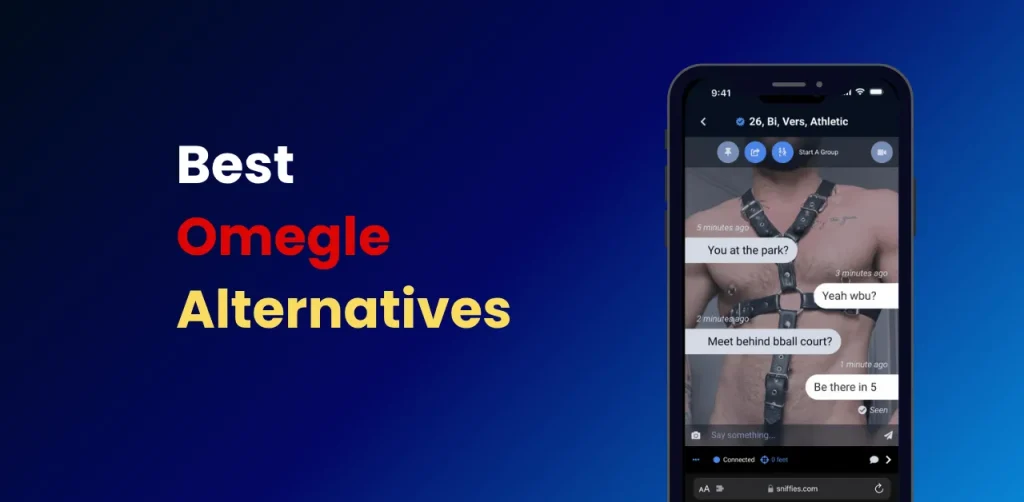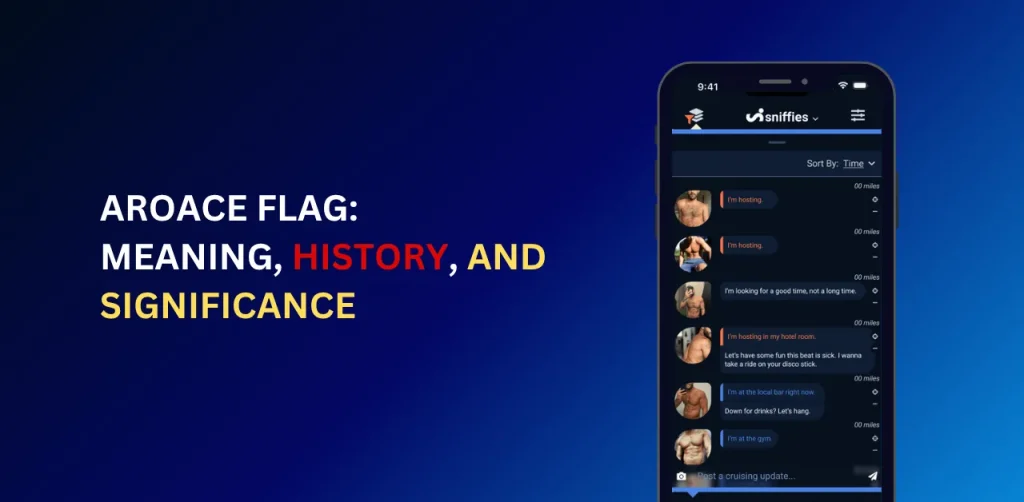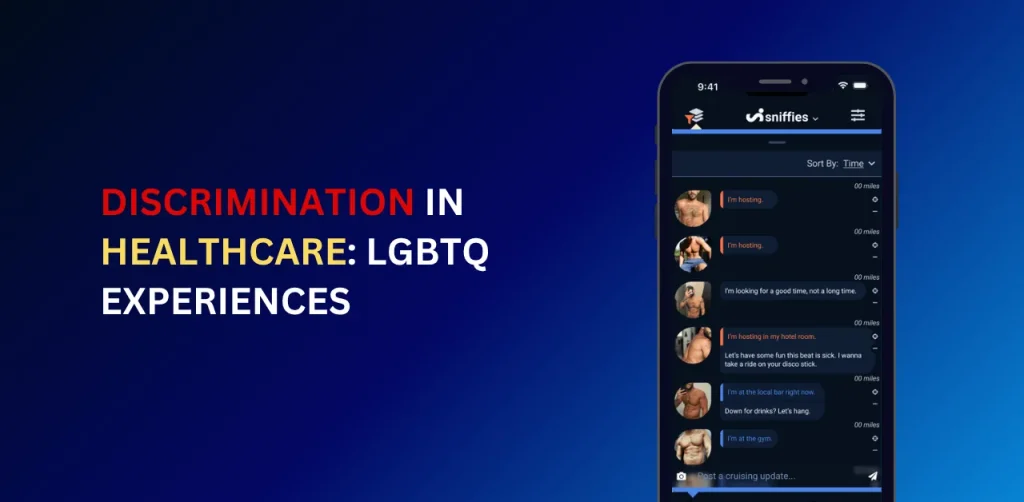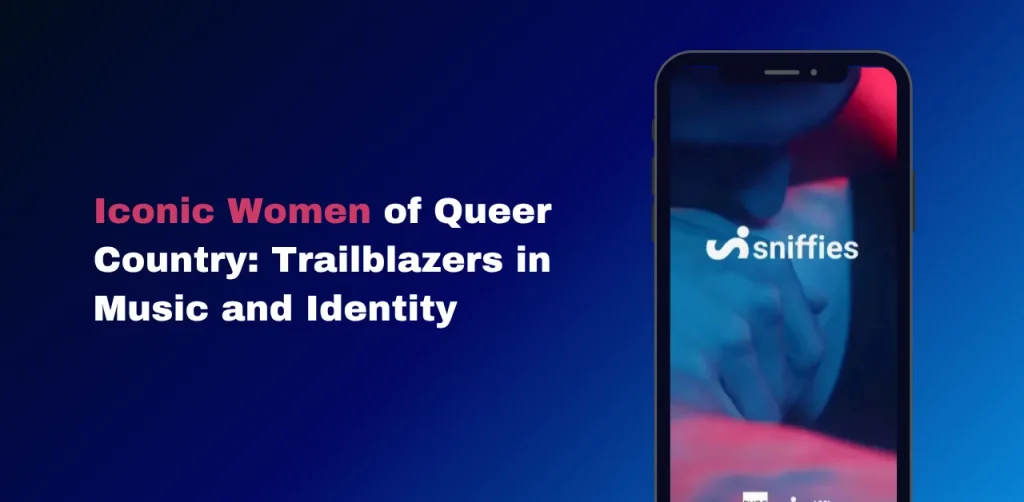Nonbinary Identities Explained: Understanding Gender Beyond the Binary
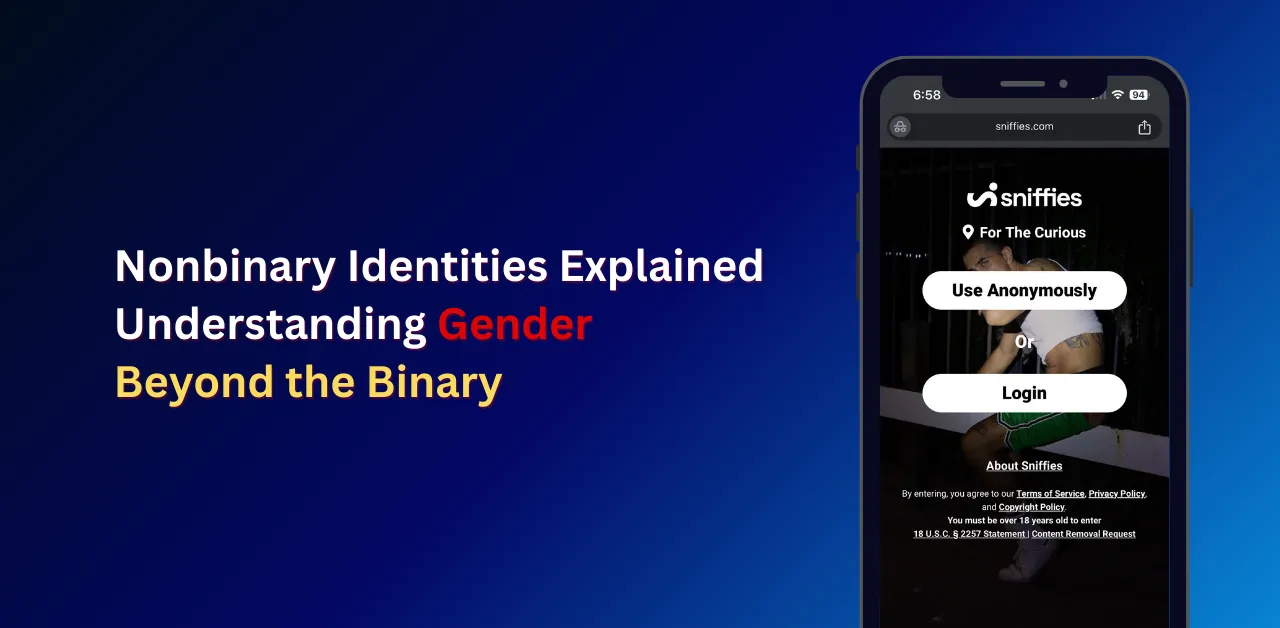
Curious about nonbinary identities? You’re not alone searches for “nonbinary” have surged over 1300% since 2004! Nonbinary identities challenge the traditional male-female binary, offering a spectrum of gender expressions. This guide explains what nonbinary means, key terms like pronouns, and how to support nonbinary individuals respectfully.Dive in to understand nonbinary identities, their significance, and practical ways to be an ally all in clear, simple terms.
What Are Nonbinary Identities?
Nonbinary identities describe genders that don’t fit strictly as male or female. People identifying as nonbinary may feel like both, neither, or something entirely different. According to a 2024 Gallup poll, 1-2% of U.S. adults identify as nonbinary, with higher rates among younger generations. Nonbinary is an umbrella term, including identities like genderqueer, genderfluid, and agender. These identities reflect personal experiences of gender, often rejecting societal norms that enforce a strict binary.
We also have an article on What Does Non-Binary Means?
Key Terms to Understand
Why Nonbinary Identities Matter
Nonbinary identities are increasingly visible, with 14% of U.S. adults knowing someone nonbinary. Recognizing these identities fosters inclusivity and reduces stigma. Research shows that understanding nonbinary identities through information-seeking can decrease discrimination. For example, Google Trends data indicates a decade-long rise in searches for nonbinary terms, suggesting growing public curiosity and acceptance. Acknowledging nonbinary identities validates personal experiences and promotes equality in social, legal, and healthcare settings.
Pronouns and Nonbinary Identities
Pronouns are a key part of nonbinary identity expression. The most common pronoun for nonbinary individuals is “they/them,” used by 75.5% of nonbinary people, per a 2025 survey. Other pronouns include “he/him,” “she/her,” “it/its,” or neopronouns like “xe/xem.” Respecting pronouns is crucial—studies show that nonbinary youth with respected pronouns have a 2.5x lower rate of suicide attempts. Always ask someone’s pronouns and use them consistently to show respect.
How to Use Pronouns Respectfully
- Ask politely: “What pronouns do you use?”
- Practice: Use the correct pronouns in conversation and writing.
- Correct mistakes: Apologize briefly and move on if you misgender someone.
- Normalize sharing: Include your pronouns in introductions (e.g., “I’m Alex, I use she/her”).
Challenges Faced by Nonbinary Individuals
Nonbinary people face unique challenges, including discrimination and misunderstanding. A 2021 Trevor Project survey found 54% of nonbinary youth considered suicide, and 58% were discouraged from using their preferred bathroom. In healthcare, providers often lack knowledge about nonbinary needs, sometimes requiring patients to educate them. Nonbinary individuals also face barriers in sports, employment, and legal recognition, as many systems only acknowledge binary genders.
Common Issues and Statistics
- Mental Health: Nonbinary individuals report higher rates of depression and anxiety than binary transgender people.
- Discrimination: 55% of nonbinary LGBTQ adults report physical or sexual assault since age 18.
- Healthcare Access: Many providers assume nonbinary people don’t need transition-related care, leading to inadequate treatment.
How to Support Nonbinary Individuals
Supporting nonbinary people starts with education and respect. Here are actionable ways to be an ally:
- Learn and Use Correct Pronouns: Respecting pronouns reduces mental health risks and fosters inclusion.
- Advocate for Inclusive Policies: Push for gender-neutral restrooms and nonbinary options on forms.
- Educate Others: Share resources from reputable organizations like Gender Spectrum (genderspectrum.org) or The Trevor Project (thetrevorproject.org).
- Challenge Stereotypes: Speak up against binary assumptions in conversations or media.
- Listen Actively: Let nonbinary individuals share their experiences without judgment.
Nonbinary Representation and Symbols
Nonbinary communities use symbols and flags to express identity and pride. The nonbinary pride flag, created in 2014 by Kye Rowan, features:
The genderqueer flag, designed in 2011 by Marilyn Roxie, uses lavender for androgyny, white for agender, and green for nonbinary genders. International Non-Binary People’s Day on July 14 celebrates these identities.
Nonbinary Identities in Society
Nonbinary recognition is growing. The U.S. now allows nonbinary gender markers on passports, reflecting institutional change. However, challenges persist in sports, where binary categories exclude nonbinary athletes, and in healthcare, where providers may lack training. Public education and policy changes are key to reducing stigma and improving quality of life for nonbinary individuals.
Steps Toward Inclusion
- Policy Changes: Advocate for nonbinary options on IDs and forms.
- Education: Train healthcare and school staff on nonbinary needs.
- Visibility: Support nonbinary representation in media and public spaces.
What’s the difference between nonbinary and transgender?
Nonbinary is a gender identity outside the male-female binary. Transgender refers to anyone whose gender differs from their assigned sex at birth. Some nonbinary people identify as transgender, but not all.
Can nonbinary people use binary pronouns?
Yes, many nonbinary individuals use “he/him” or “she/her” alongside “they/them” or neopronouns, depending on their preference.
How can I be a better ally to nonbinary people?
Ask for pronouns, advocate for inclusive spaces, and educate yourself using resources from trusted organizations like The Trevor Project.
Conclusion
Nonbinary identities enrich our understanding of gender, challenging outdated norms and fostering inclusivity. By learning key terms, respecting pronouns, and advocating for systemic change, you can support nonbinary individuals effectively. This guide offers a starting point to explore nonbinary identities, backed by data and practical tips.
Read more about LGBTQ+ Friendly Travel Destinations & All Genders According to LGBTQ+ Names With Meanings

